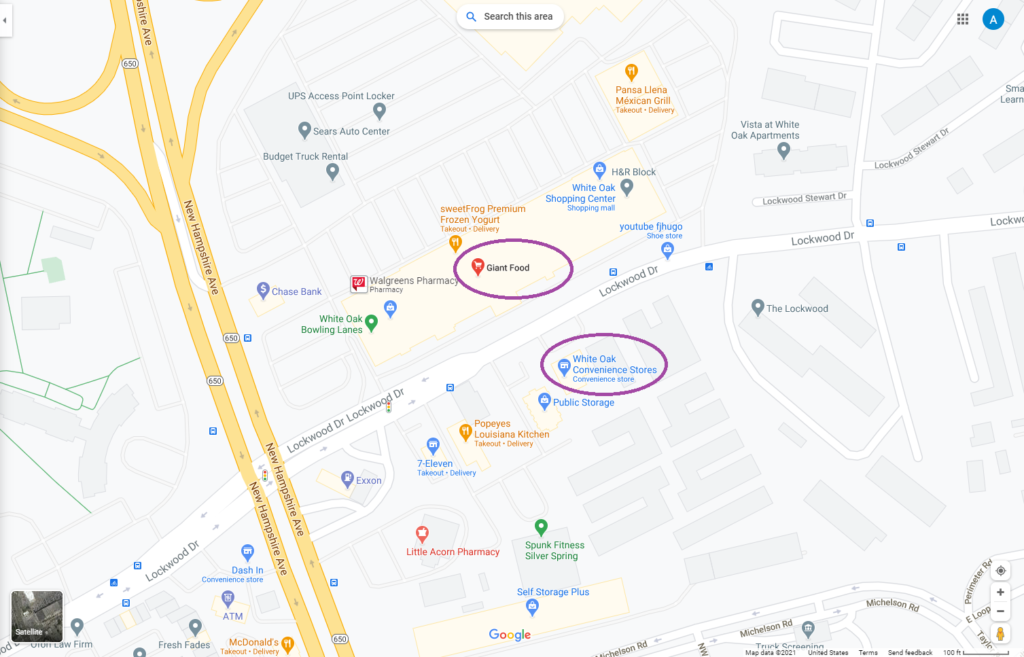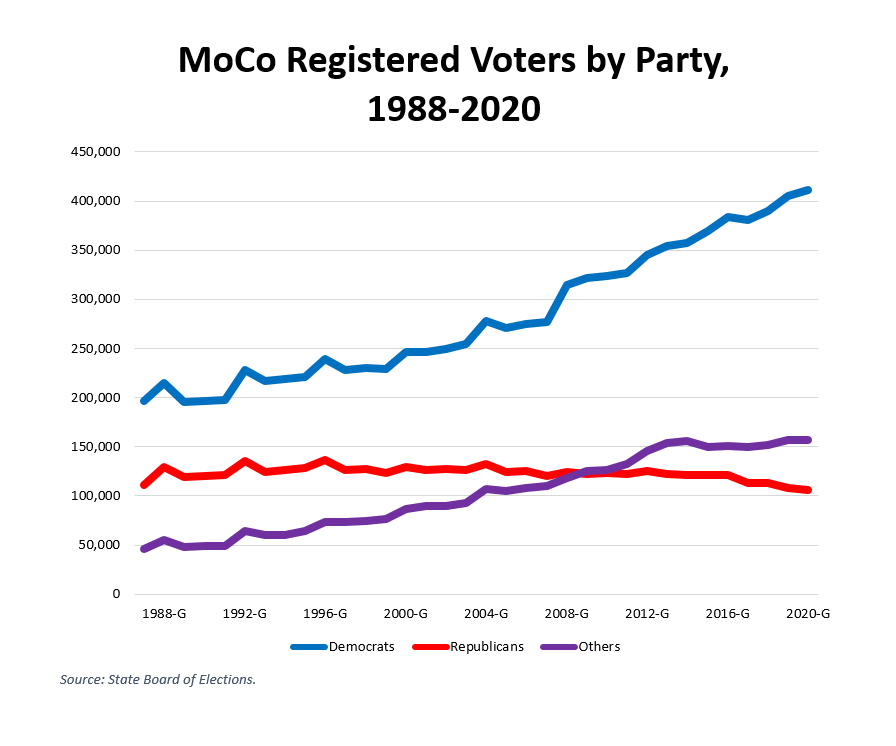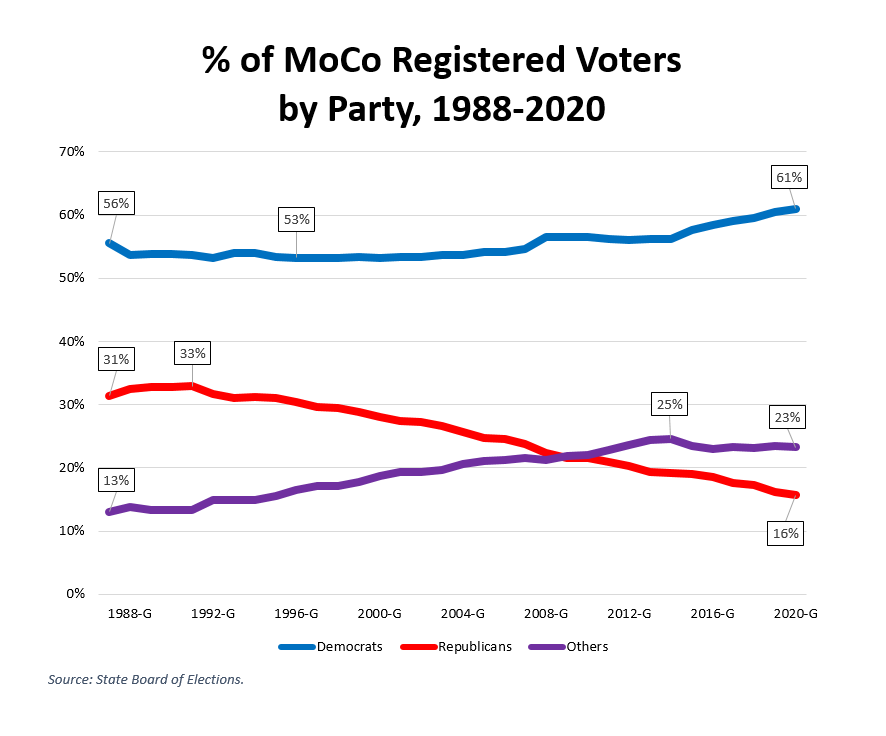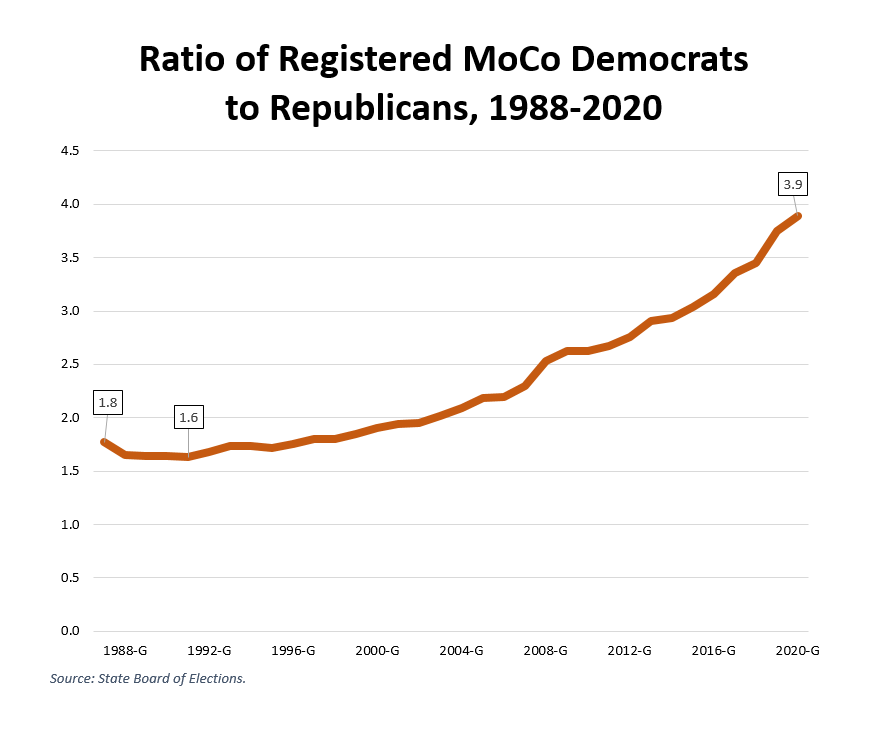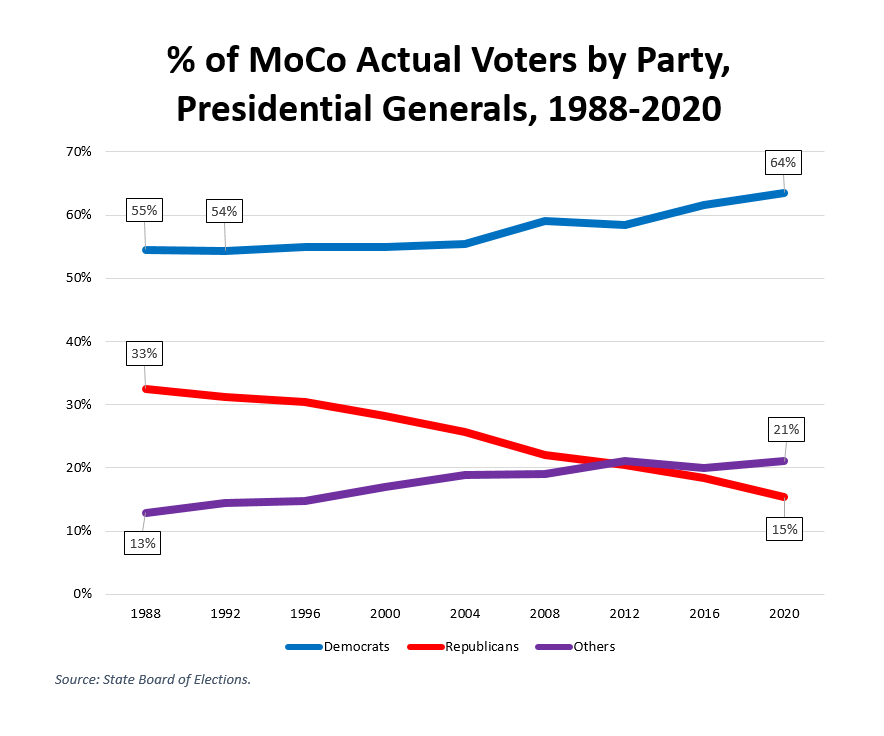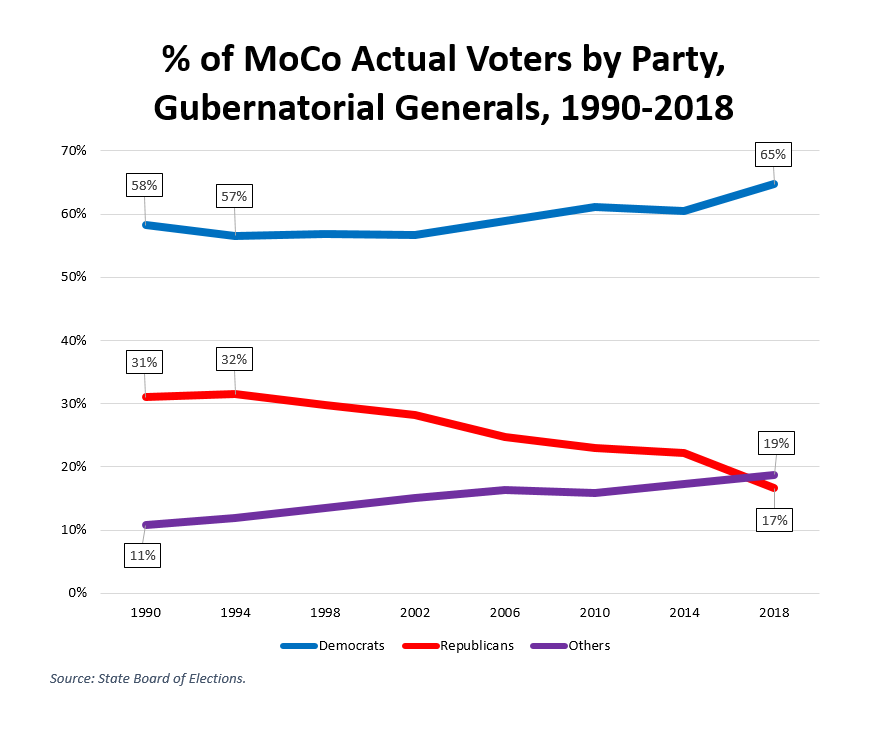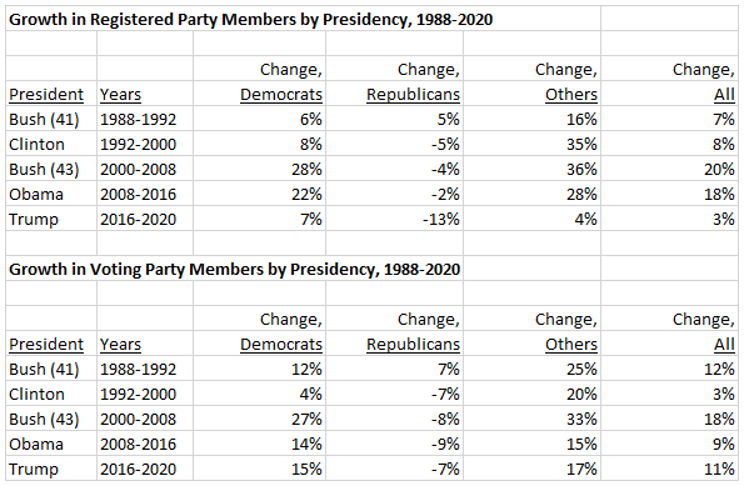By Adam Pagnucco.
A majority of MoCo’s state legislators have written to the Maryland Transit Administration (MTA) opposing County Executive Marc Elrich’s proposal to single track the Purple Line through a tunnel in Downtown Bethesda. In the letter, signed by 5 of MoCo’s 8 state senators and 15 of MoCo’s 24 delegates, the lawmakers “strongly urge” that MTA adhere to its “previously approved” plan to build two tracks in the Purple Line tunnel. The letter is reprinted below.
*****
March 9, 2021
Mr. Kevin B. Quinn, Jr.
Administrator
Maryland Transit Administration
6 Saint Paul Street
Baltimore, Maryland 21202
Dear Administrator Quinn:
We are writing to strongly urge the Maryland Transit Administration’s continued commitment to the planned Bethesda Purple Line Station and operations in and out of that station as previously approved. It is important to our Montgomery County constituents that the Capital Crescent Trail (CCT) be rebuilt beneath Wisconsin Avenue as promised and that the Purple Line’s operations are not adversely impacted.
The CCT Tunnel—previously known as the Air Rights Tunnel—is an important part of our region’s multi-modal transportation infrastructure. From 1998 until its closure for Purple Line construction, it was a major bicycle commuting route utilized by thousands of Marylanders each day. Local bicyclists and other trail users were repeatedly assured that the CCT would be rebuilt below ground to ensure this vital pathway remained safe and uninterrupted. Indeed, many bicyclists strongly advocated for the Purple Line because of the thoughtful, forward-looking plan that allowed both the transit line and a safer trail.
As for the Bethesda Station, the Purple Line has been under study since 1992 and project plans were approved long ago. Construction of this transformative project is, as you know, well underway. As such, we encourage MTA to uphold its commitments to our constituents by implementing the existing, two-track plan for the Bethesda Purple Line Station and accompanying operations. The two-track plan allows us to meet the full potential of the Purple Line: rapid travel times, short headways, and reliable boarding.
We recognize that Montgomery County has a significant role to play to fund and build the below ground CCT. And we appreciate the substantial commitment our County has already made in bringing the Purple Line and the replacement Capital Crescent Trail this far. But we also need MTA to reject major mid-construction changes to infrastructure and, ultimately, operations.
Such changes may lead to some short-term savings but they will only harm the Purple Line’s success in the long-run. To the extent, however, that the currently pending process of selecting a new design-build contractor for the project can be used to reduce the cost of the underground Capital Crescent Trail and the two-track plan in collaboration with the county, we welcome such efforts.
Thank you for your consideration of our request.
Sincerely,
Senator Brian J. Feldman
Senator Benjamin F. Kramer
Senator Susan C. Lee
Senator William C. Smith, Jr.
Senator Jeff Waldstreicher
Delegate Kumar P. Barve
Delegate Charlotte Crutchfield
Delegate Kathleen M. Dumais
Delegate Jim Gilchrist
Delegate Ariana B. Kelly
Delegate Marc Korman
Delegate Lesley J. Lopez
Delegate Sara Love
Delegate David Moon
Delegate Julie Palakovich Carr
Delegate Lily Qi
Delegate Kirill Reznik
Delegate Emily Shetty
Delegate Jared Solomon
Delegate Jheanelle K. Wilkins
cc: Matthew Pollack, Executive Director, Maryland Transit Administration

